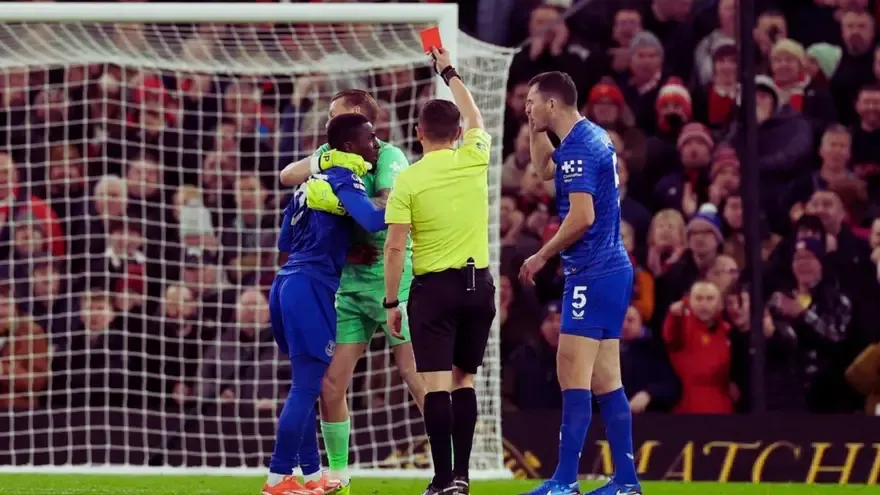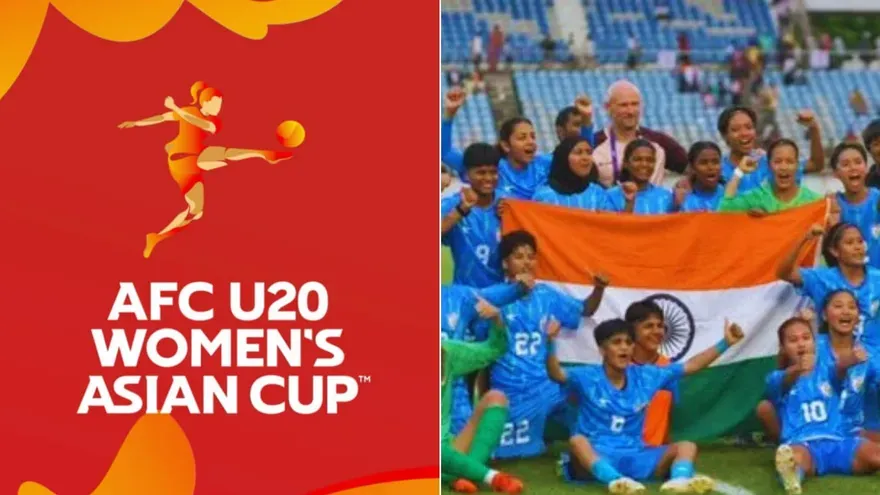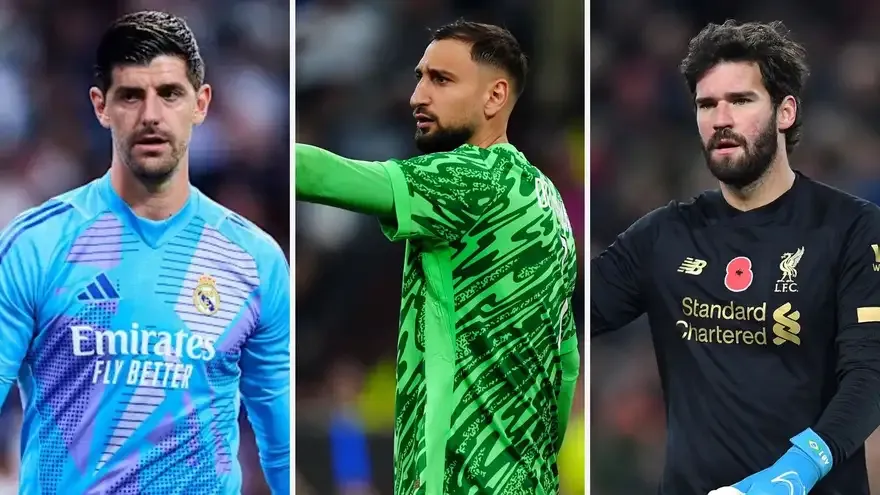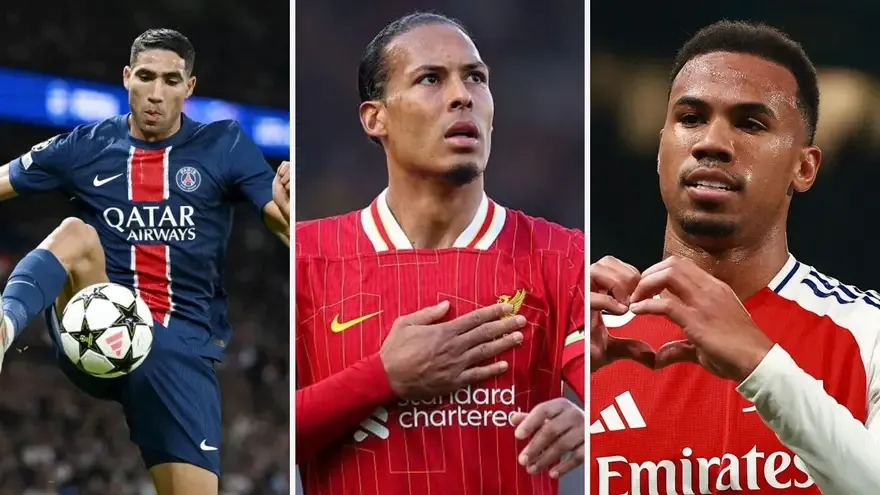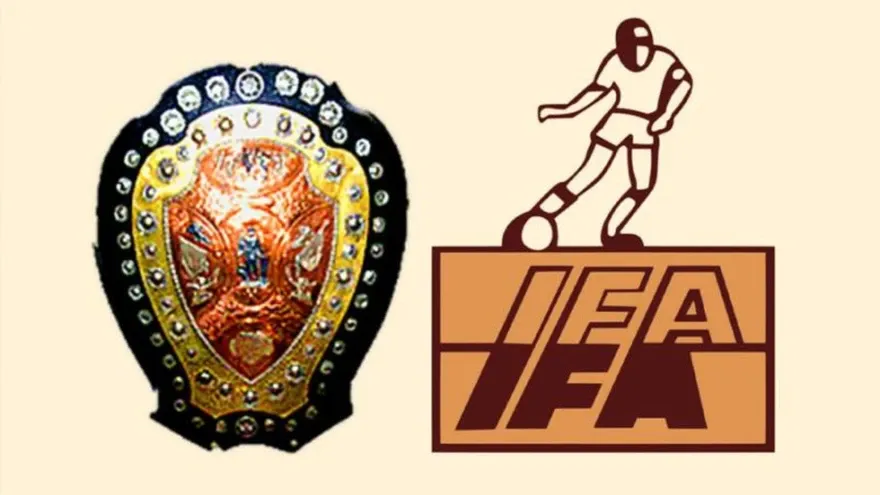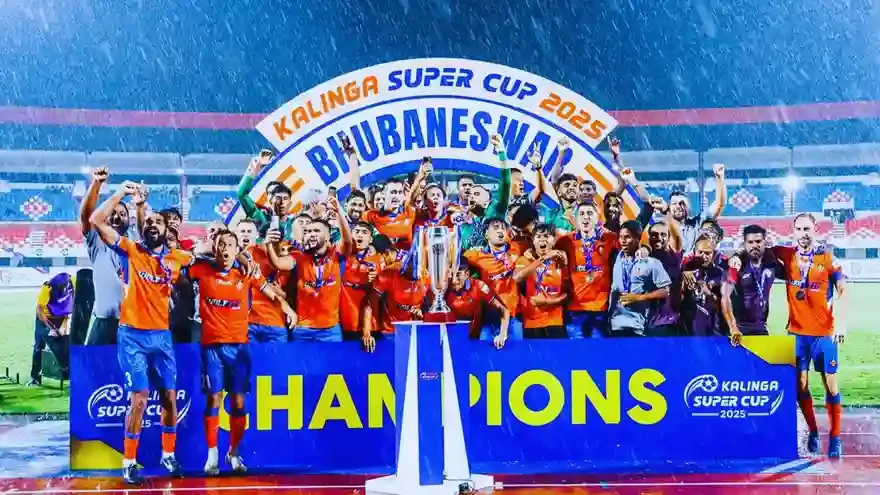There was a time when football in India was highly celebrated. The Indian Football outfit was called the “Brazilians of Asia”. But due to several problems, football in India became less popular. For which the Federation, the broadcasters and the stakeholders are mostly blamed. The money in Indian football was also non-existent until 2010. In 2010, IMG Reliance stepped up and decided to take over the operations of football in India. The AIFF was offered a huge sum of money back in 2010. Since ISL’s inception, things have worsened and now we don’t have a proper pathway for the future of football in our nation. Currently, the Indian national team doesn’t have a coach. The team lacks a Technical Director, and there are several other problems revolving around Indian football.
Still, out of all the issues, we have huge communities of people following Indian football. How did the culture take shape? The people still believe Indian football can relive the glorious days it has left behind. Now that the money has also come into the pockets, football in India is the sleeping giant the world will soon reckon. To give better clarity on the aforementioned, let us take a look at the History of Indian football. We shall also touch upon the celebrated years or the Golden years of football in India:
The History of Indian Football:
Football in the country dates back to the Nineteenth century. The courtesy of which goes to the British soldiers for introducing us to the beautiful game. During the early days, football was only practised and performed among the army teams. Gradually, it started spreading among the masses. The credit of which goes to Mr Nagendra Prasad Sarbhadikari. He is well regarded as the Father of Indian football. His famous role of initiating football to the teenagers of Calcutta, starting from Hare School did the magic. Nagendra Prasad used to watch the army teams performing at the Calcutta Maidan. To his exuberance, he took the role of spreading the game to masses. The Calcutta FC was the first official football club to start in India. The Indian Football Association or the IFA was the first official football association to start in India back in 1893. Surprisingly, none of its board members was Indians until the 1920s. Soon, other clubs like Mohun Bagan, Sovabajar and the Aryan Club came into existence. Calcutta became the hub of Indian football. As per the records, the first ever game on Indian soil was played between ‘Calcutta Club of Civilians’ and the ‘Gentlemen of Barrackpore’ in 1854. Asia’s oldest tournament and the world’s third oldest tournament, titled as “The Durand Cup” was started in India. The competition was named after the then foreign secretary of India, Sir Mortimer Durand. With the inception of the historic Durand, other tournaments like the Trades Cup, IFA Shield, Rovers Cup, The Cooch Behar Cup started. With an increasing number of activities surrounding Indian football, there was a huge need for a regulatory body. Thus the “All India Football Federation” was initiated in 1937. AIFF took more than a decade to get recognized by the FIFA but it was one of the founding members of the Asian Football Confederation (AFC). All these sequential events shaped Indian football. While the glorious history of Indian football had already begun.
The Golden Years:

The Golden years of Indian football date back to the early 1900s. On 29th of July, 1911, the English side East Yorkshire regiment was set to vanquish a barefooted Mohun Bagan side. But to everyone’s shock, the Indian side went on to defeat the Britishers by a scoreline of 2-1. Since then, the 11 players are known as the “The Immortal Eleven”. This win is regarded as one of the best sporting victories of India. After this win, Mohun Bagan was regarded as the National club of the nation. The victory became a nationalist symbol for the fight against British rule. Moving on, as a result of that victory, many tournaments popped up. Football became popular in India. The team started to visit various Asian countries like Australia, Malaysia, Japan and Indonesia in the late 1930s. During that period, one of the most remarkable events was the 1948 Olympics. India was an inch closer to defeating mighty France. After the glorious defeat of 2-1, the then Indian captain Sailen Manna and his team was invited to the Buckingham Palace. The queen met the Indian team and discussed football. During the 1950s, a historic opportunity knocked on the door. FIFA invited team India to take part in the World Cup in Brazil. What could have been a historic moment in the glorious years of Indian football chapter was turned into ashes by the AIFF. They perceived the Olympics to be a bigger sporting event than the World Cup. The Indian team was disallowed to take part in the greatest football carnival. Moving on, India celebrated the Asian Games gold medal. The first major win the team had in an International event. The team was led by Sailen Manna, one of the greatest players the country and the continent have ever seen. Having hosted the Asiad in 1951, India defeated Iran in the final 1-0 to win the gold. Then in 1956, India registered a semi-final appearance in the Melbourne Olympic Games. They became the first team in Asia to do so. India further established itself as the most dominating force to reckon with in the Asian community. They won another Gold medal in the 1962 Asian Games held in Jakarta. Hence, the period from 1950 to 1962 is often referred to as the “Golden Era of Indian Football.”
It is amusing as well as funny to know certain facts. After the historical gold medals at the Asian Games, the Indian football team stalwarts Chuni Goswami, PK Banerjee and the rest of them were just treated with a cup of tea by the concerned authorities as a mark of respect. Although, the legends went on to achieve the greatest feats for Indian football. Also, they will be regarded as the best footballers to have graced the Indian soil. Money is an important component but can never be the primary need for any sport. If Indian football plans to fix itself by the influence of money, the future remains uncertain. Keeping aside the passion and emotion, will we ever have a silver age of football in India in the coming future?
Read Also

